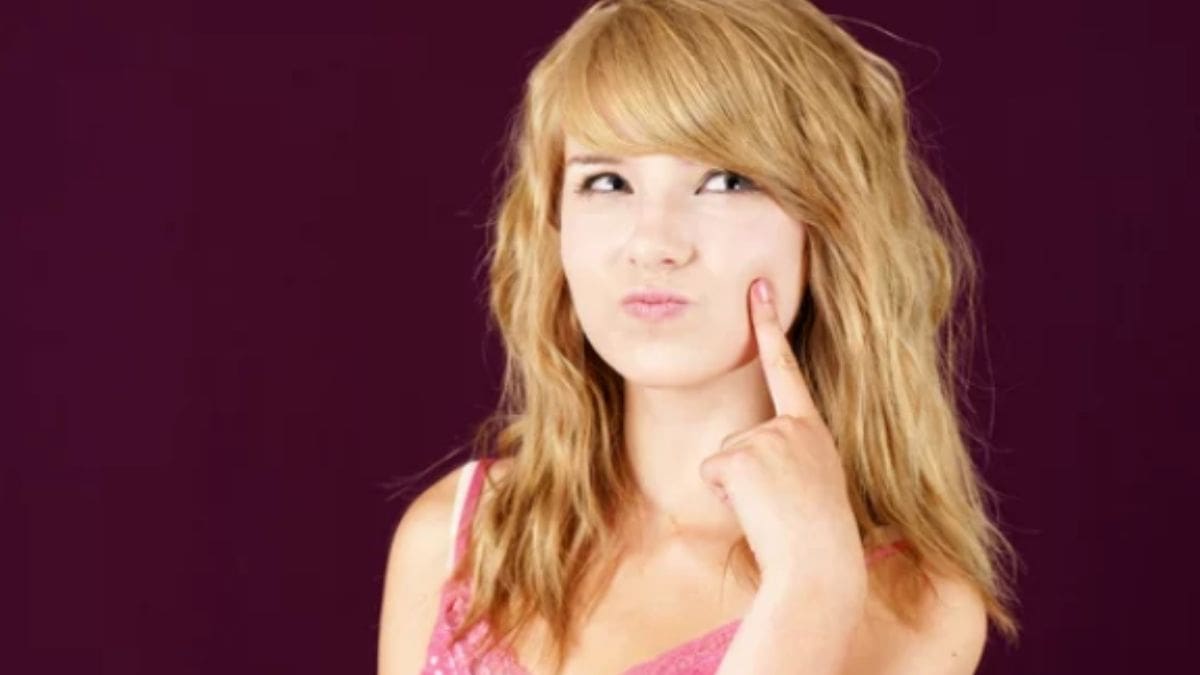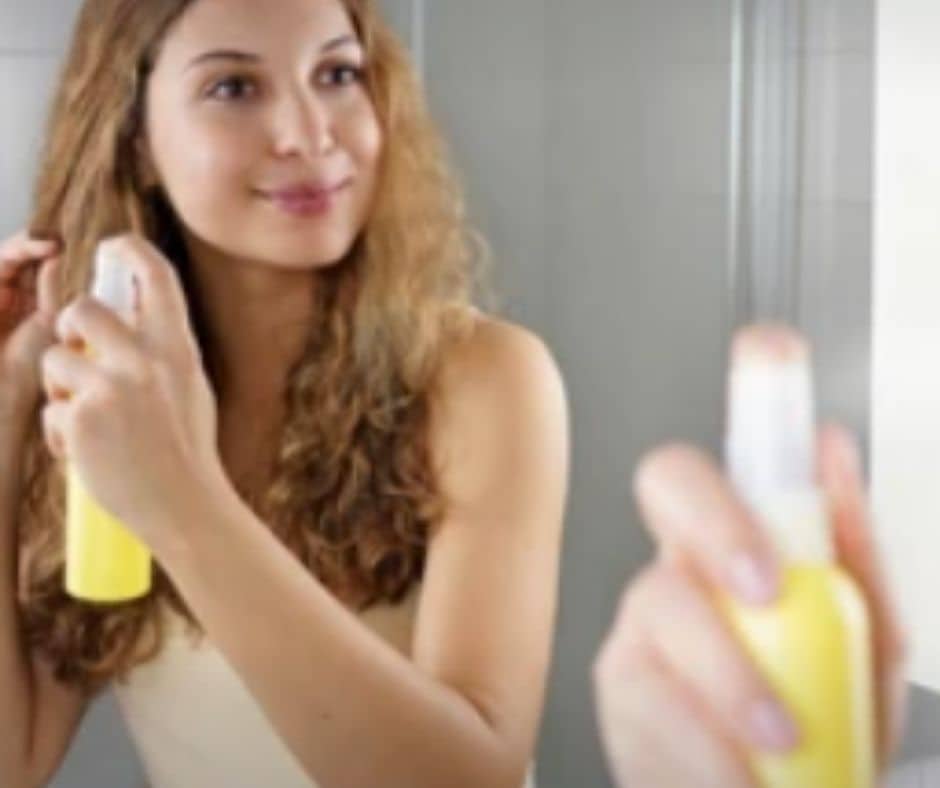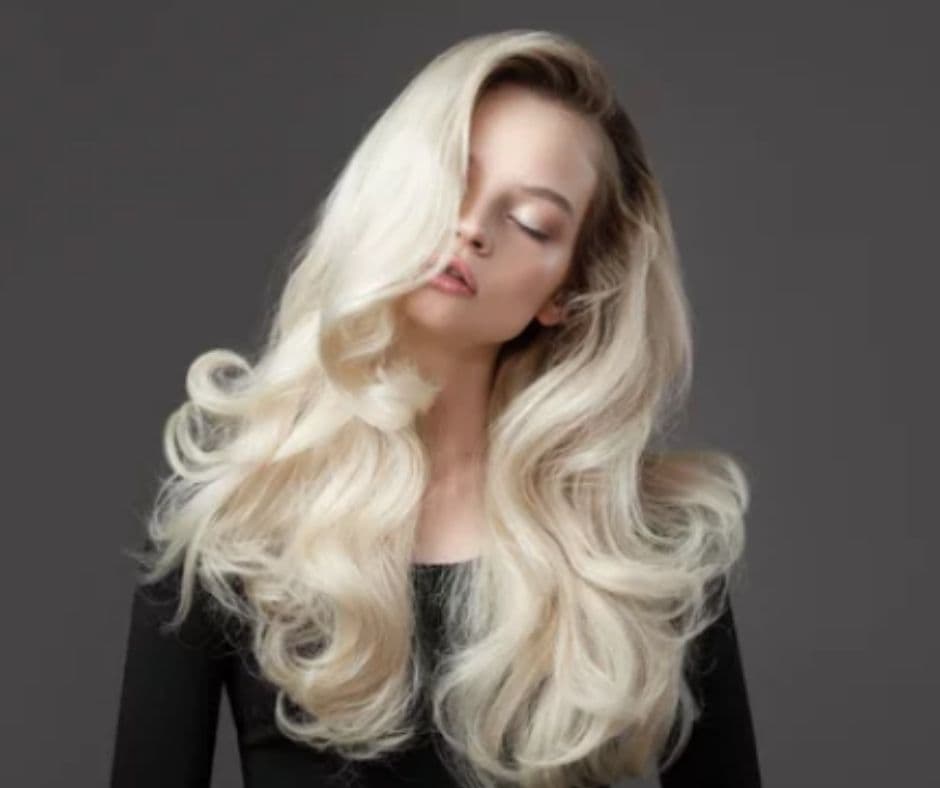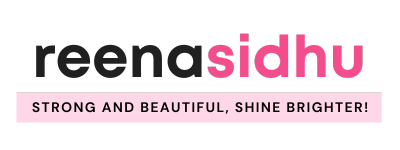What is Brassy Hair [Everything you need to know]

One or two weeks after coloring your hair blonde, you discover the color you originally left the salon with has faded and your hair has taken on an unwanted, possibly embarrassing, yellow, orange, or red tone. What is happening? That’s just the way it is: There’s a distinct nasal sound.
The brassy tone that is found in colored hair is referred to as unwanted warm tones. If a person’s hair has been bleached or colored platinum blonde tone, it is most likely to be discovered on darker hair, although, it can occur on lighter-haired people as well.
The only way to understand why this occurs is to fully understand the hair-lightening process as a whole. In order to lighten dark hair, you need to bleach it with a mixture of ammonia and peroxide. When hair is bleached, the dark brown to black pigment melanin is diluted.
What is Brassy Hair

Brassiness is right up there with other undesirable hair conditions in terms of how distressing it is. Brassy hair will reappear when your hair color is not maintained. Warm pigments in your hair create brassiness in your hair. For instance, platinum blonde hair has turned too yellow, as well as highlights that have turned red or orange.
Reducing the warmth of your hair will allow you to see yellow, orange, or red undertones more easily. To extend the color of your blonde hair, you’ll need to get rid of the brass components. Better to prevent your hair from turning brassy by taking preventative measures.
Choose the Most Appropriate Blonde for You

Instead of applying every strand with a dye, let your colorist apply highlights and lowlights. This avoids having to dye every strand in the same hue. This makes the likelihood of a brassiness of the entire headless likely. When the color of your hair is closer to its natural tint, there will be less room for it to change. Changing your hair color to two shades lighter than its natural color is not recommended.
UV Protection for Blonde Hair

In much sun, your hair may become dry and lose its blonde colour. Brassy tones are revealed when your hair is exposed to oxygen and UV radiation, and brassiness results. If you can’t avoid going into the sun, use a cap or apply a UV-protectant spray to prevent your hair from getting brass.
To Avoid Fading, Take a Cool Shower.

Chilling your hair as you wash it will help retain your color. Instead of using a higher temperature to dry out the cuticle cells, use a cool rinse to do so. In addition, this assists in smoothing and glossiness, while also helping the cuticle to stay moisturized.
Swimming in chlorinated pools is bad for your hair.
Never use chlorine on your hair. It is especially harmful to the hair since it depletes natural oils, leaving it dry and brittle. If your hair is damaged, you are more prone to develop brassiness. In order to avoid this issue, apply bottled water to your hair before getting into the pool. Before you get in the water, make sure to let your hair have a quick rinse of free, non-toxic water to remove any excess moisture. Once you have finished your swim, get out of the water and wash and condition your hair as soon as possible to protect it from additional damage. Try to stay in saltwater pools if you can.
Use a Purple Shampoo that Corrects Color.
In order to eliminate excessively warm, brassy tones, the purple pigment in purple shampoo is used to neutralize the effect. Purple and yellow are adverse to the shade wheel. To achieve a warmer, more even tone, try using a purple shampoo to combat brassiness.
A Color-Refreshing Gloss is a good option.
She will have her hairstylist apply a sheer gloss to the newly colored blonde in order to seal in the tone and avoid fading or coloring. A few weeks to a few months may be added to the life of your color due to this application. For hair that is very brassy, try a color-refreshing gloss at home to neutralize the brassy appearance and display a brighter blonde.
To Avoid Brassiness, Shower Wisely.
Brassy hair can occur if excessive mineral levels are present in the water. In addition to staining your hair color, harsh water taints your locks with color-tinting minerals. Instead of washing your hair every week, consider doing so every two weeks or less, and if your water is hard, you may want to consider investing in a mineral-filtering water filter. Also, consider rinsing your hair with cool water as hot water provides more harm by adding heat. Is your hair prone to seeming untidy? A bun or braid, and a dry shampoo spray will be enough.
Hair that is shiny and healthy-looking will benefit from a deep conditioning treatment.

Taking good care of your hair will help it stay healthier, softer, and more plentiful, which can help it keep its color or remain unchanged. Getting this hair treatment is easy if you use a deep conditioning hair treatment. After applying a hair mask to your blonde strands, seal your style with a moisturizing, shine-infusing gloss. Brassiness should be eliminated by using either clear or colored glass.
Go to the salon and get a brassy hair toner
You can use toner to change your hair color without worrying about it fading since it only lasts a few weeks. Additionally, it is a great way to remove brassiness from the hair. Demi-permanent coloring, also known as toning, is often used to reduce unwanted yellow, orange, or red tones in your hair. Furthermore, you’ll be granting several favors to your hair in a single sitting by using the service.
To neutralize unwanted warm tones, wash your hair with a purple shampoo
Does hair that is brass colored at home need a fast and easy remedy? Purple-tinted shampoo for blondes is Redken’s Color Extend Blondage, and blue-tinted shampoo for brunettes is Redken’s Color Extend Brownlights. Try out blue shampoo since yellow is the opposite of purple and orange is the opposite of blue on the color wheel. People with gray hair, use a silver shampoo.
Steer clear of the sun and the pool
Come on, it’s obvious: how can you say no to some sunbathing and dipping in the pool? To protect your color-treated hair color from fading, you should keep away from it.
It is also possible that chlorine in pools could dry out your hair, which can make it susceptible to damage. Colour in damaged hair is tougher to keep in place, which means brassier hair color is more likely to appear.
In addition to increased exposure to the sun, your hair color may also fade more quickly and create brassiness. To ensure you’re protected from the sun, make sure you cover your skin or wear hair sunscreen.
No matter how healthy your natural blond hair is, it is possible for the sun and chlorine to damage your hair. No matter if you are doing balayage or going natural, every blonde shade is subject to the effects of chlorine and the sun.
Porosity blonde hair is particularly vulnerable to chlorine and UV radiation from the sun in the summer, which together destroy attractive strands of all colors. Exposure to sunlight and various chemicals reduces the hair’s tensile strength, making it more susceptible to breakage and damage. On top of that, brassiness is caused by the build-up of this discoloration.
Hair Lighteners and Dyes Used at Home Should Be Avoided
When it comes to protecting your hair’s natural beauty, no home-based dyes or lighteners are permitted. Hiring a talented hairstylist to obtain and maintain an outstanding tint of blonde hair is well worth the expense.
Brassiness levels in drugstore brand lighteners can be rather high. Not for people with extra-difficult hair coloring techniques, such as lightning, should challenging procedures be performed by the pros? Self-tanning is wonderful. If you’ve got your own supply of blonde hair dye, are you able to produce your own blonde hair dye? It is not at all.
Brassiness Could Be Caused by Mineral Deposits
In addition to pool water, you should also be cautious about the water in your shower. Blonde tone may be experiencing trouble if your water is rich in minerals. A filter might alleviate the problem if you wish to soften your shower water.
It is simple enough to change your shampoo and conditioner routine to protect your hair against damage if you do not want to go to the effort.
It’s possible that your natural hair color has brassy undertones.
You’ll have to work extra hard to keep your hair from seeming brash. A theory of color is true regardless of one’s feelings about it. The bleach and toner combo will repeatedly clash with your natural hair color if your hair has warmer undertones.
A hairdresser might use an initial toner to help make sure the result is as beautiful as possible. After the initial toner wears off, however, you will have poorly highlighted or brassy-looking hair instead of stunning silver or champagne-colored blonde hair. There is no way anyone wants to deal with that.
Never, under any circumstances, should you attempt to fix it yourself
As a textbook case, I am an excellent example of the damaging effect that is too timid to say something negative about someone’s work may have. I’m fairly certain I would have lost all of my hair or dyed it green if I had attempted Pinterest tactics or bought drugstore color. Preventive rather than remedial. But he’s also outspoken about the benefits of gloss, which brings us to.
What Causes Brassy Hair in the First Place?
What does brassy hair mean? Red, yellow, and blue hair dye pigments are the most common. Tiny pigments that are blue lose their color rapidly. You will be given warm hues if you combine the natural fading process with some environmental aggressors. If the hair is platinum blonde, it will gradually fade to red, and gold highlights will turn orange. In addition, black hair turns too yellow.
However, do not be concerned; these brassy qualities can be overpowered. Our top five color-correction tips are shown below.
To find out if your hair is brassy, apply some powder or hair dye.
The midshaft and ends of blondes’ hair are covered in bright, warm, rosy hair that flows in delicate, wavy ribbons. Warm tones are found closer to the roots, and colder tones are found towards the tips. Then, all of a sudden, things will go “brassy.” Jennifer Aniston’s roots have a significant amount of warm tones, as can be seen in the photograph below.
When hair is not well cared for after coloring, brassy hair emerges. Warm pigments in your hair create brassiness in your hair. For instance, platinum blonde hair has turned too yellow, as well as highlights that have turned red or orange.
How do you know if your hair is brassy?
Ribbons of lighter, warmer blonde hair run through the midshaft and ends of natural blondes’ hair. You won’t find an excess of warmth at the roots and cooler tones at the ends in nature. That’s when things get “brassy.” There is a concentration of warm tones near Jennifer Aniston’s roots, as indicated in the image below.
In simpler words, When tresses are not properly maintained after coloring, brassy hair rears its ugly head. An oversupply of warm pigments in your hair causes brassy hair. When platinum blonde hair turns too yellow, or golden highlights turn reddish-gold or orange, for example.
Is brassy hair bad?
Sometimes, a raucous hairstyle might actually be a good thing. The degree of brassiness varies. This shade is in high demand, and it has a brassy quality. Brassy highlights are like earrings: people don’t mind it as long as they aren’t on the scalp.
Consider Jennifer Lopez as an example. Her skin has a warm coffee complexion with a slightly tanned undertone. The brassiness of her highlights is just a touch too strong, but she looks great.
What does brassy look like?
That’s just the way it is: There’s a distinct nasal sound. Brassiness refers to unwanted warm colors in hair color. In lightened blonde hair, the underlying color is yellow, whereas, in lightened brown to black hair, the underlying pigments are orange to red.
Wrap Up!
Instead of getting a decent shade of blonde, you wind up with a brassy orange on your hair. Though orange hair isn’t the worst color in the world, it is particularly annoying if it is uneven and patchy following a bleaching procedure. If the orange isn’t corrected, you’re required to attend a salon to have it done.
It’s really uncommon for hair that has been bleached to turn orange. Instead, if you bleach hair with a really dark color, it’s likely that the hair may turn brassy. So be aware of a few tricks to help you get rid of your orange hair color naturally.

Patchy dyed hair with bits of orange is indeed annoying. Thanks so much for writing this post to help with it!